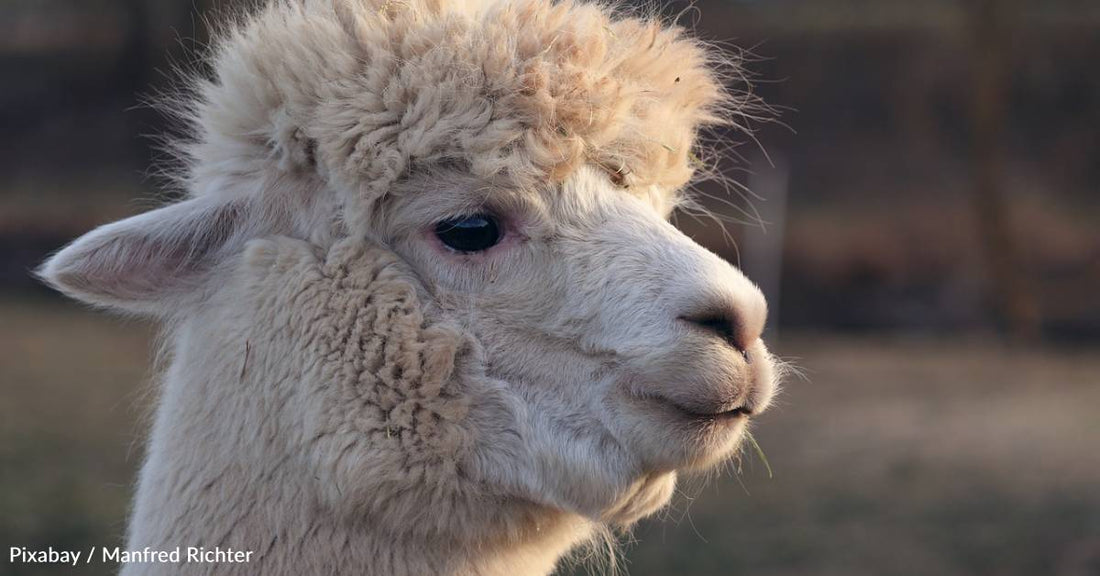7th Annual Holiday Toy & Book Event Help make the holidays brighter this year!
Llamas - And Their Dung - May Help Address the Impacts of Climate Change
Michelle Milliken
Llamas are an interesting animal. They’re members of the camel family, they can pack around plenty of supplies, and their wool makes stylish wraps. According to a new study, they may also be able to help us battle the impacts of climate change.
Research recently published in the journal Nature Scientific Reports examined llamas’ impacts on soil and vegetation in areas with glacial retreat. The study focused on a community at the foot of the Uruashraju glacier in Cordillera Blanca, Peru. According to the findings, over a period of three years, land plots with llamas had improvements to soil, vegetation, and even some new species, compared to plots without llamas. The researchers say this shows the animals may be a good tool to help conserve and manage areas with glacial retreat.
Dr. Anaïs Zimmer, the study’s first author and recent graduate from the University of Texas at Austin, says, “No such experiment has been done like this in these areas, and at this altitude, though there have been grazing experiments with other types of grazing animals, and we know they can often be helpful for ecosystem management. The findings also have a high sociocultural impact since the llamas are part of ancestral herding practices. Andean camelid rewilding, in collaboration with local communities, might help to ameliorate the destructive processes of global warming-induced deglaciation while favoring the local economy.”
Researchers from UT Austin partnered with a community group of farmers called the Llama 2000 Asociación on the project. The farmers’ land had experienced acid rock drainage and was located just next to the Uruashraju glacier. The team made eight 925-square-meter plots in the area, with half left as they were to serve as control plots and half filled with llamas. Between 2019 and 2022, the team then monitored soil quality and plant species prevalence.
At the end of the three years, the llama plots had higher levels of organic carbon and nitrogen in the soil and a 57% increase in plant cover, along with four new plant species that hadn’t been there in 2019. The new species – as well as the soil health improvements - are due in part to the llama poo, which was found to contain 12 species of seed, five of which could still germinate. Benefits also came from their fur and grazing.
The team says the findings provide important insight on how to handle the landscapes left behind by increasingly shrinking glaciers.
Llamas aren’t the only animals helping vegetation in the wake of climate change. Goats are also used for fire suppression efforts, which is necessary as wildfires become more intense and frequent. You can read more on that here.




